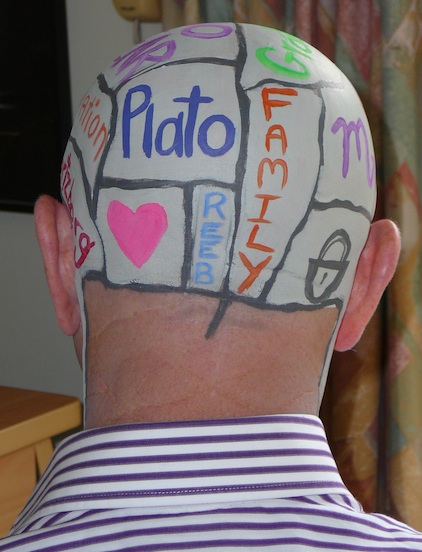If you have access to the McKinsey Quarterly, there’s a nice quick read that gives four simple tips to boost creativity:
Although creativity is often considered a trait of the privileged few, any individual or team can become more creative—better able to generate the breakthroughs that stimulate growth and performance. In fact, our experience with hundreds of corporate teams, ranging from experienced C-level executives to entry-level customer service reps, suggests that companies can use relatively simple techniques to boost the creative output of employees at any level.
